Upcoming Events
Latest News
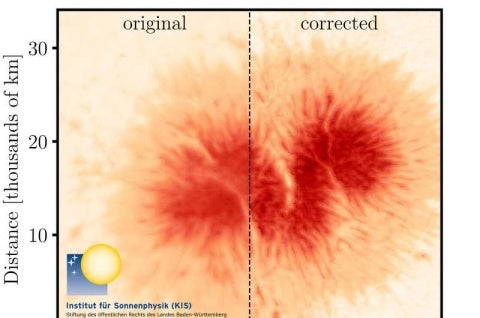
International & European news agencies feature Sunspot research
The journal Astronomy & Astrophysics recently published a study on the development of a new method for analyzing the stability of sunspots. As part of this study, an international team—led by scientists from Germany in collaboration with colleagues from Sweden, the U.S. and Spain—applied this new method to observations with the German GREGOR solar telescope.
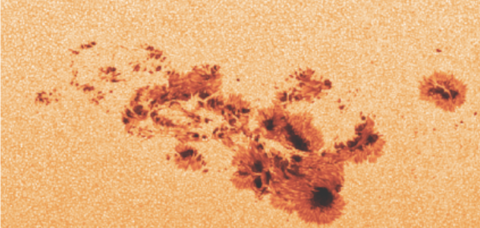
HAO research featured on AAS Nova
AAS Nova Editor and Deputy Press Officer thanks Mausumi Dikpati for her recent publication titled Mother’s Day Superstorms: Pre- and Post-Storm Evolutionary Patterns of ARs 13664/8. AAS Nova is highlighting Mausumi's Mother’s Day Superstorm image on their website.
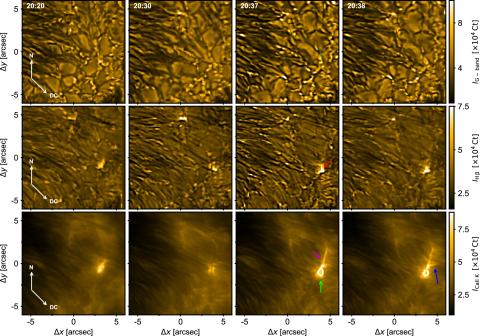
Scientists at NSF and NSF NCAR capture extremely detailed view of a microflare
NSF UCAR highlights new research that uses unparalleled data from the National Science Foundation (NSF) Daniel K. Inouye Solar Telescope (DKIST). HAO's Robert Jarolim is one of the authors.
Latest Research Highlights
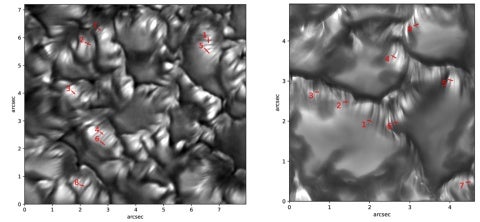
The Striated Solar Photosphere Observed at 0.″03 Resolution
Matthias Rempel, et al., analyze images acquired with the Visible Broadband Imager using the G-band channel to investigate the characteristics of fine-scale striations in the photosphere and compare them with state-of-the-art radiation-MHD simulations at similar spatial resolution. The striation patterns can be used as valuable diagnostics for studying the finest-scale structure of the photospheric magnetic field.
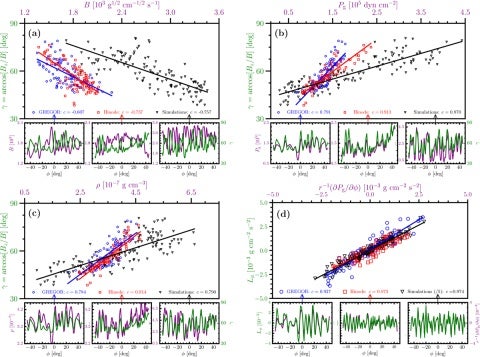
The role of the Lorentz force in sunspot equilibrium
J. M. Borrero; A. Pastor Yabar; M. Schmassmann; M. Rempel; M. van Noort; M. Collados apply the FIRTEZ Stokes inversion code to spectropolarimetric observations to infer the magnetic and thermodynamic parameters in two sunspots located at the disk center. Their research helps to explain why sunspots are such long-lived structures capable of surviving on the solar surface for days or even full solar rotations.
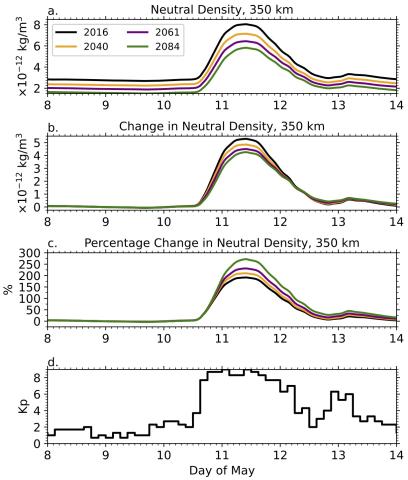
Impact of increasing greenhouse gases on the ionosphere and thermosphere response to a May 2024-like geomagnetic superstorm
N. M. Pedatella, H. Liu, H.-L. Liu, A. Herrington, and J. McInerney focus on understanding how changes in the background state of the upper atmosphere due to increases in CO2 alter the response of the ionosphere and thermosphere to geomagnetic storms finding that increasing levels of CO2 generally result in a weaker response of the ionosphere and thermosphere to geomagnetic storms in absolute terms, while their relative responses enhance at higher CO2 levels.